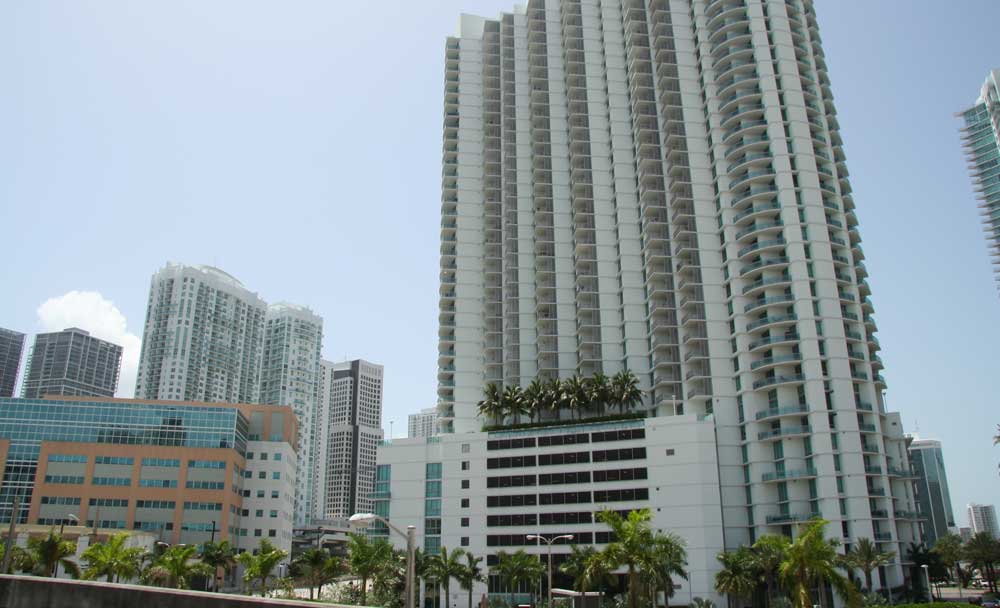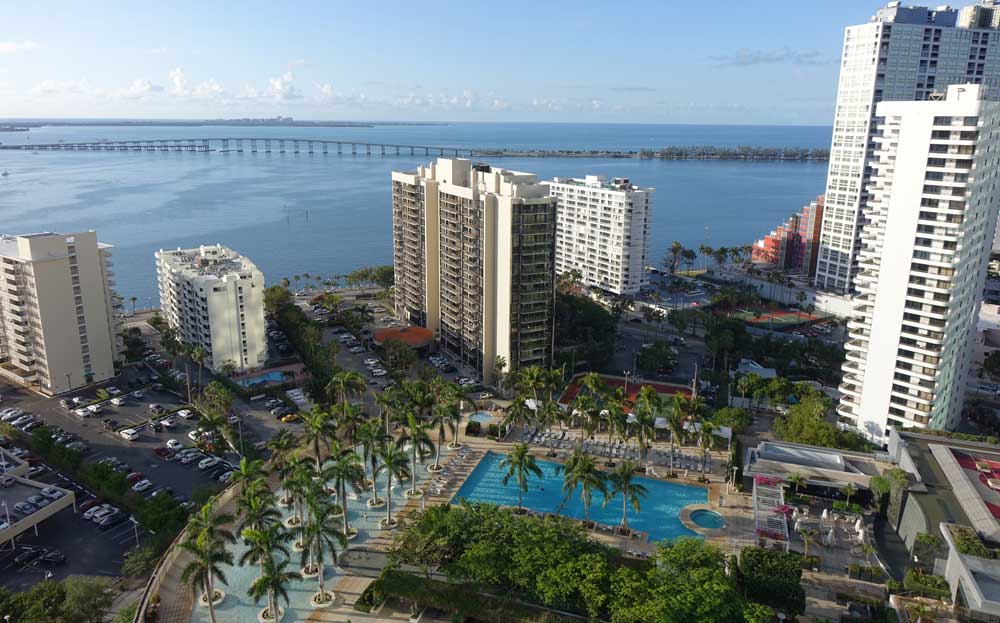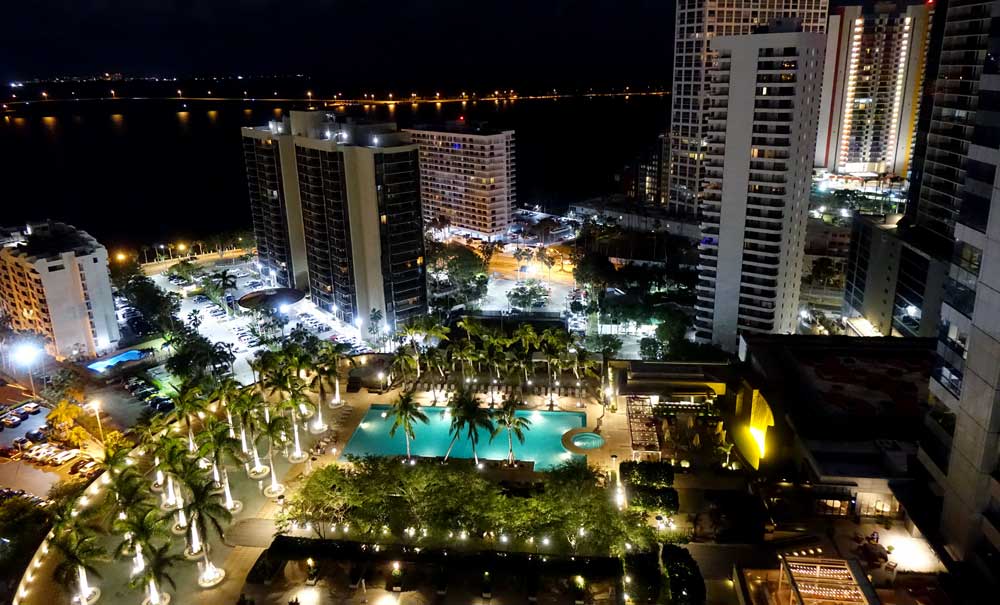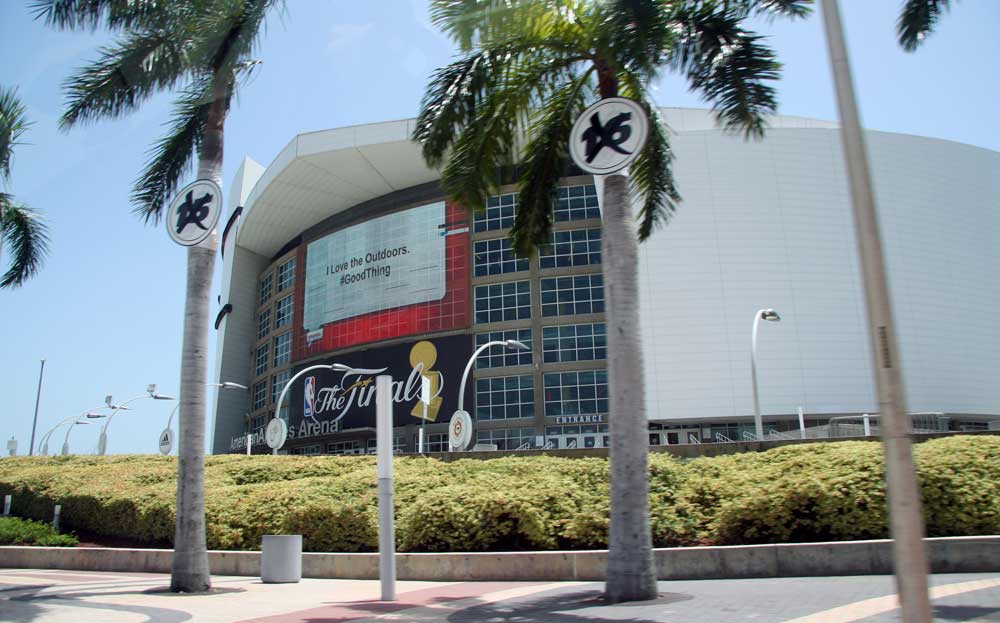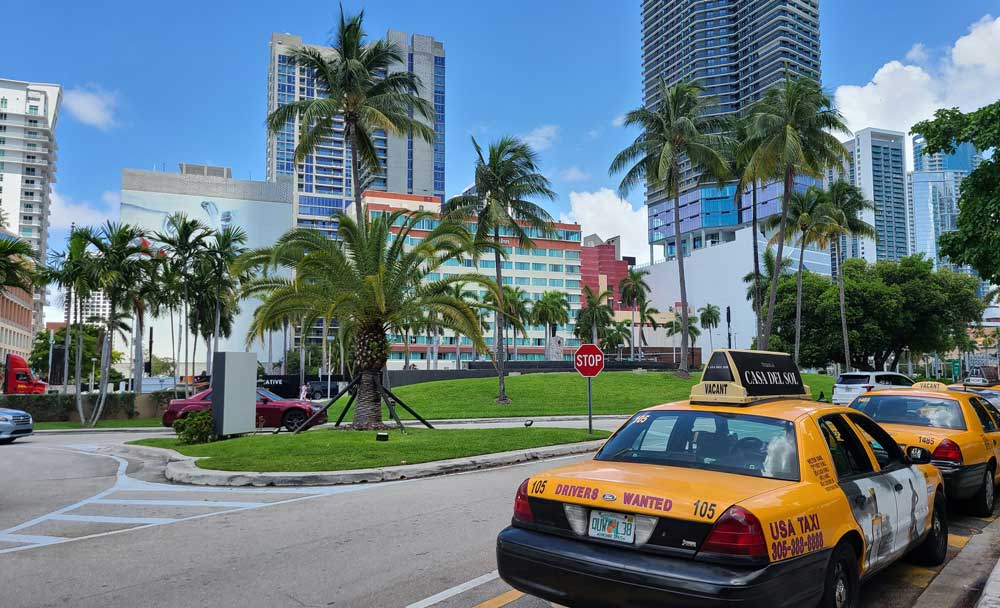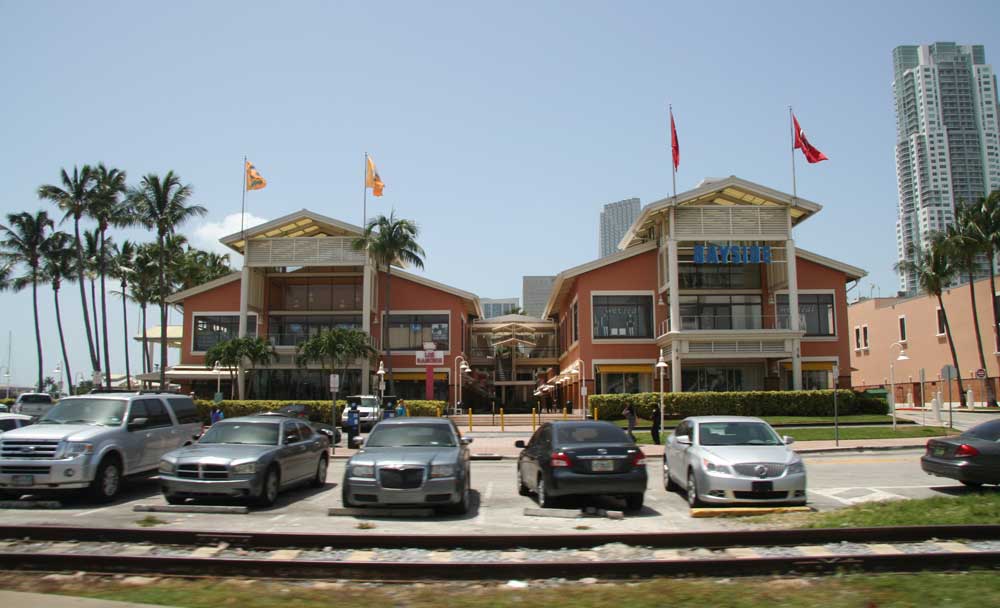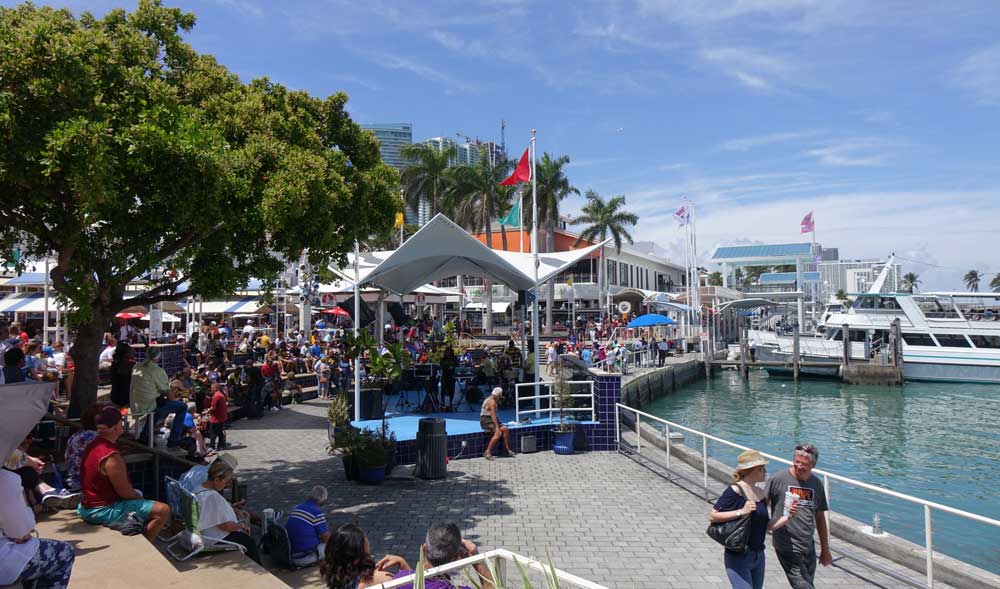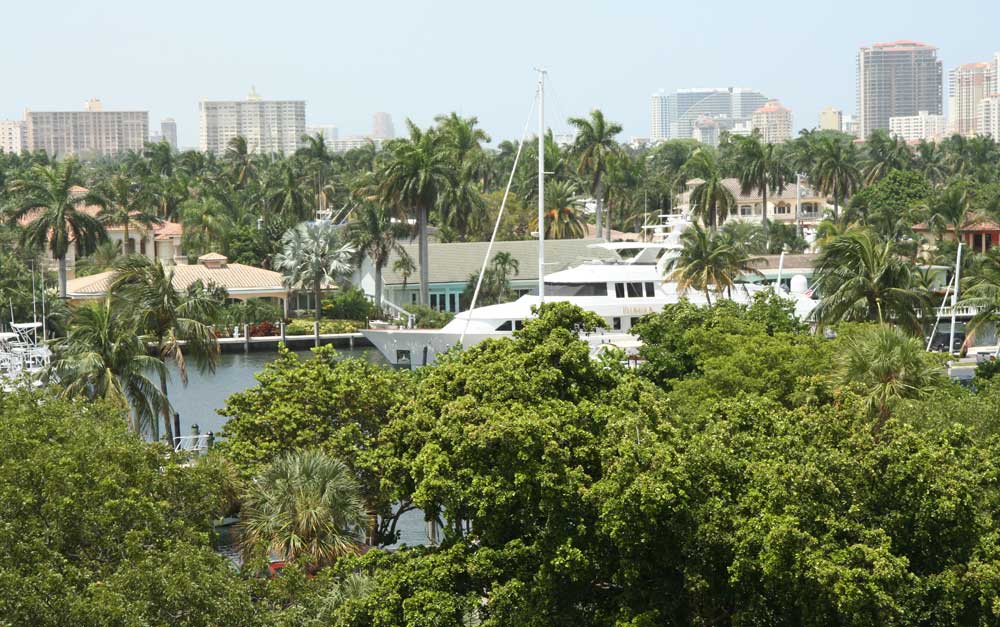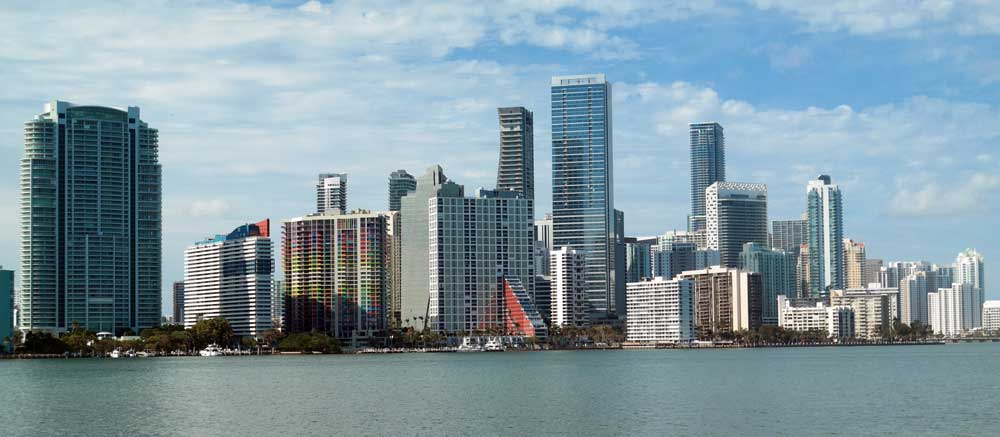Miami Downtown | Time for Sightseeing Art
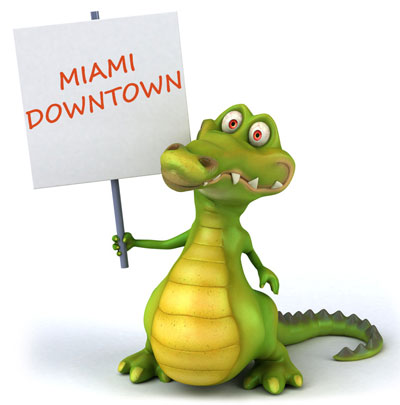
Miami Downtown is modern, lively, and full of energy! Florido shows you how to enjoy spectacular views from skyscrapers and takes you on a stroll through the Bayside Marketplace. If it rains, no problem, there are great museums. Don’t miss the street art in Wynwood, because this is where the real Miami pulsates!
Miami Downtown – the most Important at a Glance
- Skyscrapers Skyline – Miami’s financial and business center with impressive architecture and luxurious rooftop bars
- Best Travel Time – November to April, pleasant temperatures and less rain
- Attractions – The Freedom Tower, the lively Bayside Marketplace, and the art scene in Wynwood
- Nightlife Lifestyle – Trendy clubs, rooftop bars and first-class restaurants
- Water Nature – Boat rides on the Miami River, walks along the Bayfront, or relaxing hours on a boat tour to the skyline
Climate and Weather
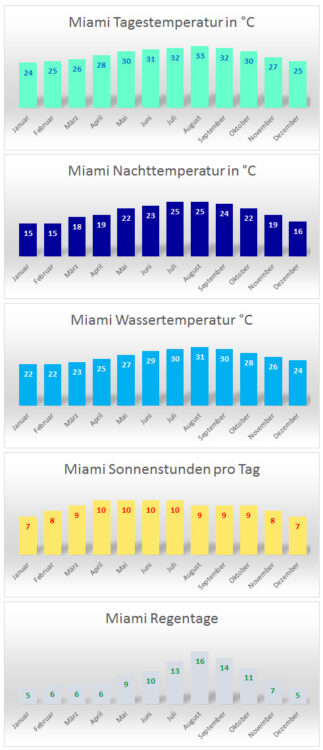
Information Route Planner
| Size | 1.85 mi² |
| Population | 29,192 (as of 2023) |
| County | Miami Dade County |
| Coordinates | 25° 46 “80° 12” W |
| Area code | +1 305, +1 786 |
| Tourist Info | Downtown Miami Welcome Center |
The Perfect Day in Miami Downtown
Our day begins with a walk through Bayfront Park – the morning sun glitters over Biscayne Bay, joggers make their rounds, and street food stands slowly come to life. From here, it’s just a short walk to Bayside Marketplace, where we leisurely browse through shops, enjoy the view of the yachts, or recharge with a coffee.
For those interested in culture, make a detour to the nearby Perez Art Museum (PAMM). The architecture alone is an experience – plus there’s a well-curated selection of modern art with a view of the water. Alternatively, the neighboring Frost Science Museum offers interactive exhibitions, a planetarium, and even an aquarium – perfect for families too.
At lunchtime, we’re drawn to one of the rooftop restaurants in Brickell, the modern financial district just south of Downtown. Here, stylish lunch guests meet spectacular views. Afterwards, it’s worth taking a walk through the trendy neighborhood with futuristic architecture, chic cafes, and international shops.
In the afternoon, we take a boat tour from Bayside – passing by the villas of celebrities on Star Island and through the turquoise canals of Miami Beach. Those who prefer to stay on land can visit the historic Freedom Tower or simply observe the colorful hustle and bustle in the district around Flagler Street.
As the day comes to an end, it’s worth visiting Maurice A. Ferré Park or directly at Museum Park, where we relax with a view of the setting sun. For dinner, there are countless options – from Latin American specialties to upscale international cuisine.
Those who still have energy can dive into the famous nightlife: rooftop bars, jazz clubs, or stylish lounges make Downtown Miami lively even after sunset – quite unlike Naples. And for those who prefer it quieter, head back to your accommodation and look forward to another day in the Magic City.
Activities Highlights around Cape Coral
Attractions
No post found!
Events
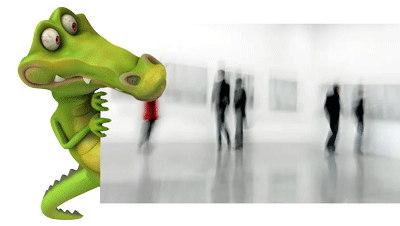
Living between Skyline and Bay – Downtown Miami
Miami Downtown – that’s urban living with a sea breeze. Here, tropical climate meets high-rise flair, Latin American joie de vivre meets American entrepreneurial spirit. The center of the metropolis has changed rapidly in recent years: more modern, more international, more dynamic.
What defines Downtown today is the unique mix of business district, art scene, and waterfront location. Between Biscayne Bay and the Miami River, glass facades, parks, and museums line up next to each other. Big names like the Perez Art Museum, the Frost Science Museum, or the imposing Kaseya Center attract thousands daily.
Those who live or work here experience Miami in motion. Especially in the south of Downtown – in the booming Brickell neighborhood – new residential high-rises, restaurants, co-working spaces, and rooftop bars are constantly emerging. At the same time, the district is a magnet for start-ups, law firms, banks, and tech companies from around the world.
- On an island like this, celebrities hide away.
Despite the big city hustle and bustle, there are also quiet corners: for example, at Maurice A. Ferré Park, where you can stroll with a view of the bay, or in the historic Downtown Historic District with its buildings, some over 100 years old.
The public infrastructure has been noticeably improved: With the free Metromover, you can easily explore the center – even without a car. And with the Brightline high-speed train, you can reach Fort Lauderdale or West Palm Beach in about 30 minutes.
Downtown Miami today represents the transformation of a city that was once just a transit point – and is now becoming a destination itself: for living, working, enjoying, and inviting you to linger in many corners.
The History of Miami Downtown
- The Miami skyline took only about 130 years to look like this
Before the first settlers arrived, the Tequesta Indians lived in the area of present-day Miami, fishing and hunting along the Miami River and Biscayne Bay. For centuries, the area remained sparsely populated until development was driven forward by a woman in the late 19th century: Julia Tuttle, an entrepreneur from Ohio, is now considered the “Mother of Miami”. She convinced the railroad magnate Henry Flagler to extend his Florida East Coast Railway to the undeveloped area – among other things, by sending him orange trees without frost damage after a harsh winter.
In 1896, the city of Miami was officially founded – with only about 300 inhabitants. The center was in the area of today’s Downtown Miami. In Downtown Miami, the first hotels, banks, shops, and the port developed rapidly. It benefited from the railway connection, the tropical climate, and its location by the water, which soon attracted investors, speculators, and vacationers from the north.
The real boom began in the 1920s, when Miami turned into a hotspot for real estate and tourism speculation. Within a few years, skyscrapers, streets, bridges, and new neighborhoods emerged – including today’s financial district Brickell south of Downtown. However, in 1926, a devastating hurricane hit the area and destroyed large parts of the newly developed center. Many developers went bankrupt, and the Great Depression of the 1930s halted growth.
It wasn’t until after World War II that development picked up speed again. Veterans settled in South Florida, the population grew rapidly, and Miami developed into the gateway to Latin America. Downtown Miami became the economic center – with international banks, skyscrapers, and government agencies. However, in the 1980s and 1990s, the region was heavily affected by crime and drug trafficking, which led to a loss of image.
Since the 2000s, however, Downtown Miami has experienced a renaissance. New cultural institutions like the Pérez Art Museum, the Frost Science Campus, modern skyscrapers, and exclusive residential complexes now shape the cityscape. At the same time, Downtown has once again become a popular travel destination due to its proximity to Little Havana, Wynwood, and Miami Beach – with history, skyline, and Latin American heart.







